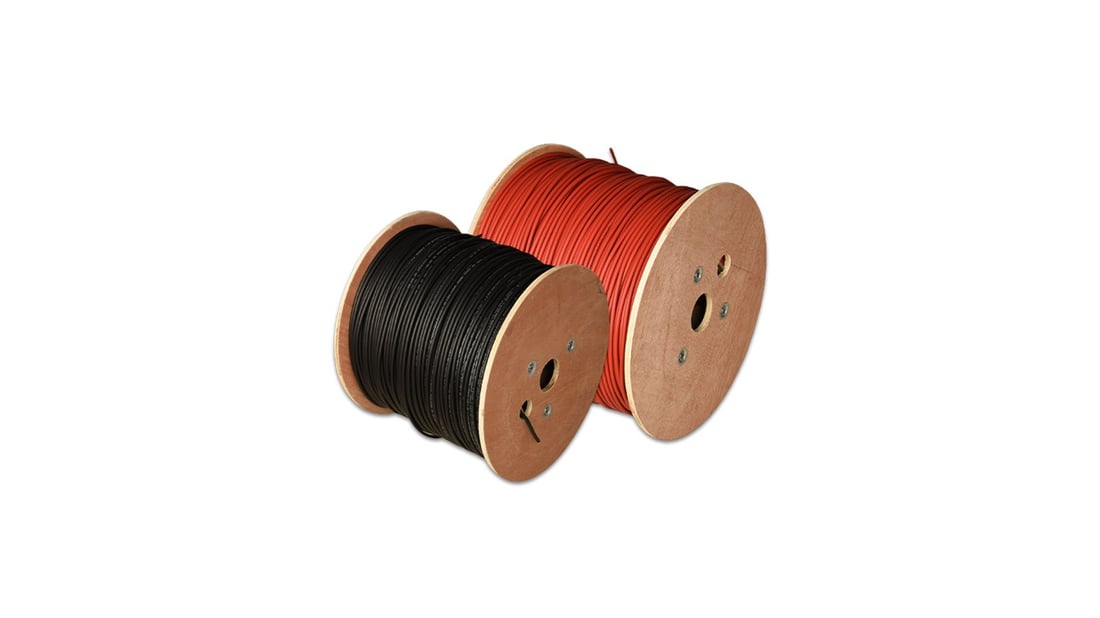Introduction
As the demand for renewable energy continues to grow, solar power has emerged as a popular and cost-effective option for generating electricity. A crucial component of any solar power system is the solar PV cable, which plays a vital role in transmitting power from the solar panels to the rest of the system. In this article, we will explore the various aspects of solar PV cables with a focus on the 4mm variant.
1. Understanding Solar PV Cables
Solar PV cables are specially designed to withstand the unique conditions in solar power systems. These cables are responsible for transmitting DC power generated by solar panels to the inverter or charge controller. The 4mm variant refers to the diameter of the cable, which determines its current-carrying capacity. A 4mm solar PV cable can handle higher current loads than thinner cables, making it suitable for larger solar installations.
2. Benefits of 4mm Solar PV Cables
Choosing the right size of solar PV cable is crucial for ensuring optimal performance and safety of the solar power system. A 4mm cable offers several advantages over thinner options:
- Higher Current Capacity: With a larger diameter, a 4mm solar PV cable can safely carry higher currents, reducing power losses and improving overall system efficiency.
- Lower Voltage Drop: Thicker cables have lower resistance, resulting in minimal voltage drop over longer cable runs. This is particularly important in large-scale solar installations.
- Enhanced Durability: 4mm solar PV cables are designed to withstand harsh environmental conditions, including UV radiation, extreme temperatures, and moisture.
3. Installation Considerations
Proper installation of solar PV cables is crucial for the efficiency and safety of the solar power system. Here are a few key considerations:
- Wire Sizing: The size of the solar PV cable, such as 4mm, should be selected based on the maximum current the system can produce. Oversized cables may be unnecessary and costly.
- Wire Routing: Cables should be routed in a way that minimizes shading and exposure to potential hazards, such as sharp objects or extreme heat sources.
- Connector Quality: High-quality connectors are essential to ensure reliable connections and minimize power losses. Make sure to use connectors specifically designed for solar applications.
4. Safety Considerations
Working with solar PV cables involves some safety considerations to prevent accidents and ensure system longevity:
- Proper Insulation: Ensure that the cables are properly insulated to avoid any electrical shock hazards. Use cables with insulation specifically designed for outdoor and solar applications.
- Grounding: Proper grounding of the solar power system is essential to protect against lightning strikes and other electrical faults. Consult a professional electrician for guidance.
- Disconnecting Procedures: Before working on any part of the solar power system, follow the recommended procedures for disconnecting the cables to avoid electrical shocks.
5. Compatibility with Other Components
When selecting a solar PV cable, it is important to ensure compatibility with other system components, such as solar panels, inverters, and charge controllers. Check the specifications provided by the manufacturers to determine the recommended cable size and type for optimal performance.
6. Maintenance and Inspection
Regular maintenance and inspection of solar PV cables are essential for identifying potential issues and ensuring the longevity of the system. Here are a few maintenance tips:
- Visual Inspection: Regularly inspect the cables for any signs of damage, such as cracks, cuts, or exposed conductors. Replace any damaged cables immediately.
- Cleanliness: Keep the cables clean and free from debris to prevent any potential performance issues.
- Monitoring: Monitor the performance of the solar power system regularly to detect any abnormalities or significant changes in power output, which could indicate cable issues.
7. Cost Considerations
When considering the cost of solar PV cables, it is important to remember that choosing the right cable size and type is crucial for long-term performance and safety. While 4mm solar PV cables may have a higher upfront cost compared to thinner options, their superior current-carrying capacity and durability make them a cost-effective choice in the long run.
8. Regulatory Standards
Various regulatory standards govern the design, manufacturing, and installation of solar PV cables to ensure their safety and performance. Look for cables that comply with relevant standards, such as the International Electrotechnical Commission (IEC) standards, to ensure the highest level of quality and reliability.
9. Conclusion
Solar PV cables are a vital component of any solar power system, and the 4mm variant offers several advantages in terms of current capacity, voltage drop, and durability. Proper installation, maintenance, and compliance with regulatory standards are essential for optimal performance and safety. By understanding the various aspects of solar PV cables, you can make informed decisions when selecting and installing these critical components in your solar power system.

